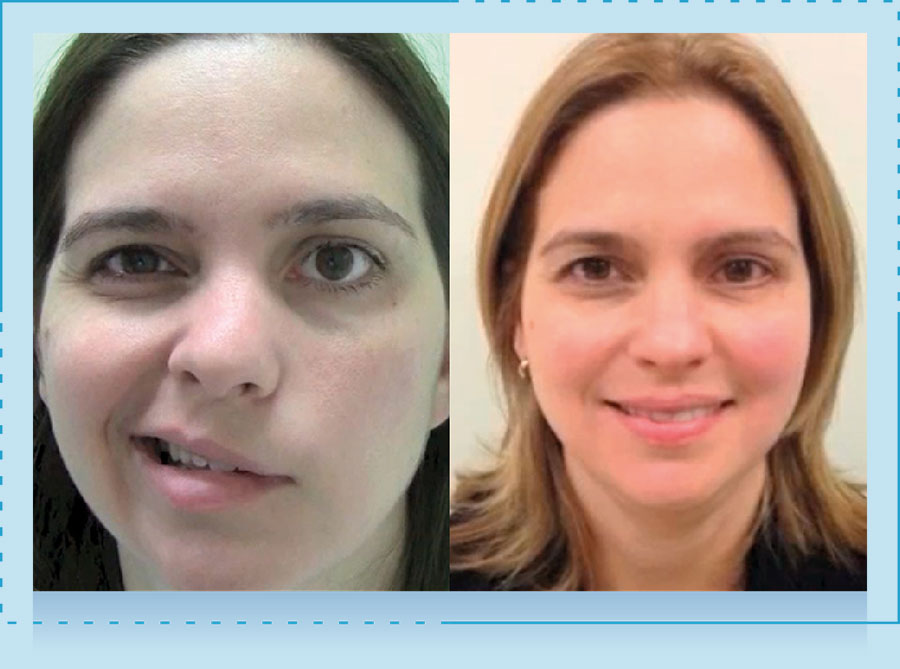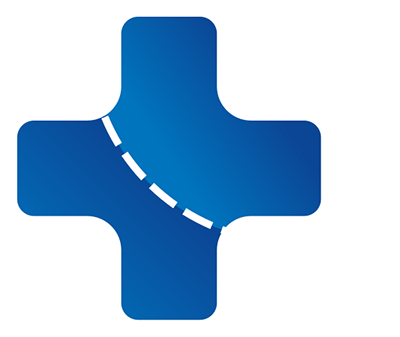Hospital Médica Sur
Cons 723 Torre II
Tel: 01 (55) 5606 622 ext 4421
Tel Dir: 01 (55) 2127 1052

Dr. Alexander Cárdenas is a Mexican plastic surgeon with microsurgery training in Taiwan. He has dedicated his efforts to a topic that he is passionate about: the treatment of facial paralysis. This passion has led him to become a leading expert in this topic in Mexico, and has gained recognition and prestige within the medical community in Mexico and abroad, recognized as the surgeon with the most cases treated with Moebius Syndrome worldwide. Over the years, he has gained the trust of patients who recognize his kind and humane treatment and who come from various parts of Mexico and the world to be treated with him.
Congenital facial paralysis (including Moebius Syndrome) is a rare form of facial paralysis that is detected in children at birth. To make the diagnosis, it is necessary to perform multiple studies, including a complete physical examination as it is necessary to rule out other malformations that may be associated with paralysis.
It is likely that a baby with congenital facial paralysis will present other disorders at birth such as: Microtia, cleft palate, deformity in their hands, arms or feet or have other mobility disorders in other areas of the face such as eyes or tongue.
Congenital paralysis can be divided into different categories:
– Unilateral or bilateral
– Traumatic or developmental
– Complete or incomplete
In addition to the problems present at birth, if congenital facial paralysis is not treated in time and does not resolve over time, this can result in problems tied to facial development such as speaking problems and issues with expressing emotions.
Facial nerve disorders can present themselves in a range of functional and/or aesthetic manifestations. Such manifestations may include partial or complete lack of mobility of the facial muscles, abnormal movements (synkinesis), or facial spasms (involuntary movements). There can be several causes, among the most common are: Bell's palsy, an association with the herpes simplex virus, acoustic neuroma (intracranial tumor), trauma, or malignant tumors of the parotid gland.
Whatever the cause, the consequences of facial paralysis can be devastating for the patient depending on the level or degree of facial or condition, so it is important during the clinical evaluation to determine the degree or severity through the use of various tools or scales, within these Some include House Brackman, E-Face, Sunnybrook, among others.
The facial nerve looks like a telephone cord that contains about 10,000 fibers or small individual cables inside. Each small cable carries and brings information through nerve impulses to specific muscles of the face. This information that passes through the fibers informs the muscles and allows the expression of emotions such as laughter, crying, anger, sadness, and that is why this nerve is known as the nerve of facial expression.
There are two key methods in facial nerve reconstruction: dynamic procedures and static procedures.
The objectives in facial resuscitation include achieving symmetry at rest, active facial movements and appropriate eye closure. Static procedures are those that seek to provide symmetry at rest, but do not provide function or mobility. They are procedures that are often used in combination with dynamic procedures or as complementary procedures to them, or alone when the patient cannot be a candidate for a dynamic procedure.
Dynamic procedures on the other hand, are known as all those procedures that seek to improve the mobility or function of the affected muscles, therefore they are what we always try to offer to the patient. Dynamic procedures include microsurgical procedures that include nerve grafts, nerve transfers or muscle replacements.
Moebius syndrome is a form of facial paralysis that may be present at birth. This syndrome includes facial paralysis associated with problems in the lateral mobility of the eyes. Babies born with the syndrome have problems controlling eye movements on one or both sides, as well as unilateral or bilateral facial paralysis.
Other problems that these patients may present are: inability to smile, frown, blink, suck, etc.
The management of Moebius Syndrome demands attention from a multidisciplinary group of experts that include: pediatric neurologist, ophthalmologist, rehabilitation, psychologist, speech therapist, otorhinolaryngologist, orthodontist, genetics, among others.
Treatment protocol for patients with congenital facial paralysis has changed in recent decades. Historically, patients were treated when they reached adulthood, with the advent of new microsurgical techniques and greater knowledge of these pathologies, management has been carried out at younger ages with the aim of improving their quality of life, directly having a positive psychological impact, boosting self-esteem henceforth improving social interaction, in addition to all the benefits obtained in the skeletal and muscular development of such patients.

Treatment must be tailored to the needs of each patient and the specific disorder they present. Patients with congenital lower lip paralysis have very limited problems that can be solved with chemical or surgical denervation of the healthy side to significantly improve facial symmetry without the need for very complex surgeries.
Patients with incomplete Moebius syndrome generally require two surgeries, the first is a nerve extension connected from the healthy side to carry synchronous nerve stimulation and the second operation is a gracilis muscle transplant AS activated by masticatory nerve and the previous extension. Such operations are performed around the age of 4 years, meanwhile patients with complete moebius are generally candidates for double muscle transplants activated by masticatory nerves only, due to the absence of the facial nerve.
Patients with congenital paralysis associated with the oculo-auriculo-vertebral spectrum may be candidates for nerve grafts or extensions from the healthy side to the affected side before the age of 2.
One of the most important factors in the treatment of children with congenital facial paralysis is the creation of a tailored plan in order to allow the patient to achieve the best results in terms of facial mobility and symmetry.
With the intention of better understanding the surgical alternatives for congenital facial paralysis, Dr. Alexander Cárdenas, an expert in facial paralysis, has formulated a list of the questions most frequently asked by parents of patients that have visited him:
The term congenital facial paralysis encompasses all types of paralysis that occur at birth, and which can be classified as traumatic, developmental, unilateral, bilateral, incomplete, or complete.
Once Dr. Cárdenas evaluates the patient in person, performs the necessary studies and determines the cause, the best type of treatment required will be determined, but it is important that you know that Dr. Cárdenas offers contemporary and world-class alternatives. Backed by 17 years of experience and humane treatment, Dr. Cardenás' patients feel confident after their first visit.
Congenital facial paralysis is a rare pathology, with an extremely low caseload worldwide, however Dr. Cárdenas has vast experience with congenital facial paralysis from working in a reference center for this pathology, being recognized as the surgeon with the most cases treated with Moebius Syndrome worldwide.
This depends on the insurance you have. In many cases the insurance may cover the full costs of facial paralysis surgery, in other cases it may be necessary to cover some differences. Our hospital staff will advise you during your visit to resolve any questions you may have in this regard.
It is very important that a surgeon highly specialized in facial paralysis perform the treatment. Only an experienced doctor with knowledge of the anatomy and characteristics of paralysis will achieve optimal, long-lasting and effective results.

If your loved one has been diagnosed with congenital facial paralysis or any other type of paralysis, we invite you to contact us to schedule an initial appointment with Dr. Alexander Cárdenas, a recognized international expert in the treatment of Facial Paralysis.
Dr Cárdenas is an expert in this field of medicine. He is a skilled surgeon with a humane approach that instills great confidence in his patients after their first consultation. With 17 years of experience, he holds a high success rate of over 1,000 successful cases.
